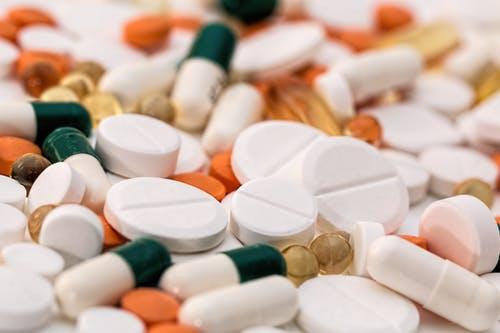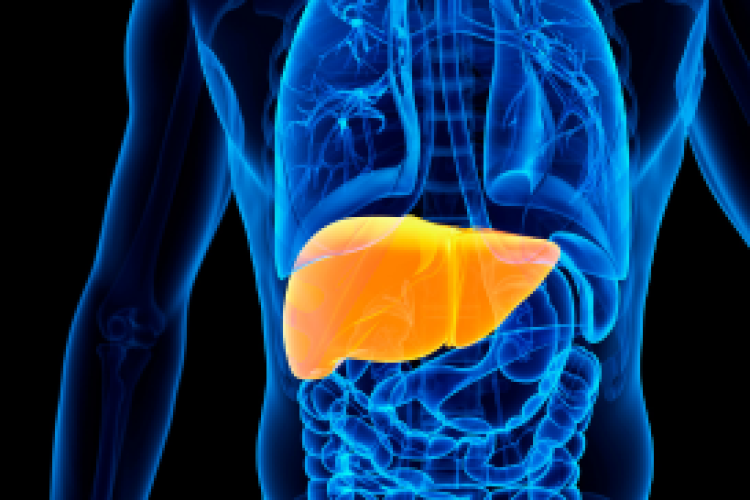
More than 150 people die every day in the United States from overdoses related to synthetic opioids like fentanyl, according to the Centers for Disease Control and Prevention (CDC).
Powdered fentanyl looks just like many other drugs. It is commonly mixed with drugs like heroin, cocaine and methamphetamine, and made into pills that are made to resemble other prescription opioids such as OxyContin, Xanax or Percocet. Fentanyl-laced drugs are extremely dangerous. Many people may be unaware that their drugs are laced with fentanyl, according to Aaron Salwan, PharmD, MPH, BCPP, Clinical Pharmacy Specialist at Montefiore Nyack Hospital.
What is fentanyl?
There are two types of fentanyl: pharmaceutical fentanyl and illicitly made fentanyl. Both are considered synthetic opioids. Pharmaceutical fentanyl is prescribed by doctors to treat severe pain, especially after surgery and for advanced-stage cancer.
However, most recent cases of fentanyl-related overdose are linked to illicitly made fentanyl, which is distributed through recreational drug markets for its heroin-like effect. It is often added to other drugs because of its extreme potency, which makes drugs cheaper, more powerful, more addictive and more dangerous. “Very small amounts of fentanyl can be fatal,” Salwan said. “If a person uses fentanyl without having a tolerance to it, they are much more likely to overdose.”
One population that is especially vulnerable to a fentanyl overdose is people who have just left jail, prison or drug treatment programs, he said. “These people have had time away from using substances, which changes their brain chemistry. The brain resets, and is much more vulnerable to overdose.”
There have been stories in the news about people dying after simply touching fentanyl. “This is a myth,” Salwan noted. “For fentanyl to have ill effects, it has to be injected, swallowed or snorted.”
Can a fentanyl overdose be reversed?
An overdose of opioids, including fentanyl, can be reversed with the opioid overdose antidote naloxone, when it is given in time. Naloxone is easy to use and small to carry. There are two forms of naloxone that anyone can use without medical training or authorization: prefilled nasal spray and injectable. “It’s easy to learn to use – it takes about five minutes,” Salwan said.
Naloxone quickly reverses an overdose by blocking the effects of opioids. It can restore normal breathing within 2 to 3 minutes in a person whose breath has slowed, or even stopped, as a result of opioid overdose. More than one dose of naloxone may be required when stronger opioids like fentanyl are involved. Naloxone won’t harm someone if they’re overdosing on drugs other than opioids, so it’s always best to use it if you think someone is overdosing.
The Recovery Center at Montefiore Nyack Hospital provides a take-home naloxone kit to patients. If a patient at the hospital is prescribed a high dose of opioids and their doctor thinks they may be a candidate for naloxone because they are at high risk for an overdose, they may receive a take-home kit as well. People considered at high risk include those with a history of substance use disorder or those taking opioid painkillers and benzodiazepines (such as Xanax, Valium or Ativan).
You can buy naloxone (sold under the brand name Narcan) without a prescription in any U.S. state. You can find it at most pharmacies.
Free naloxone is available from clinics, through the mail, in vending machines and at libraries. Harm reduction organizations may also provide free and low-cost naloxone.
What are fentanyl test strips?
Drugs may contain deadly levels of fentanyl, and you wouldn’t be able to see it, taste it, or smell it. It is nearly impossible to tell if drugs have been laced with fentanyl unless you test your drugs with fentanyl test strips.
Test strips typically give results within 5 minutes, which can be the difference between life and death. “Test strips can be particularly helpful for a person who purchases a tablet or pill on the street that’s pressed to look like OxyContin or Xanax, for instance,” Salwan said. To see if it contains fentanyl, you crush part of the pill, mix it in a little water and use the test strip. “It’s especially important for a person who has not used fentanyl to test for it because they are more prone to overdose if they are exposed to it,” he said.
Like naloxone, fentanyl test strips can be found through harm reduction organizations. They will mail them with no return address for anonymity.
What is xylazine?
An animal tranquilizer called xylazine is increasingly being found in the U.S. illegal drug supply and is linked to overdose deaths. Xylazine—which is not approved for use in people—can be life-threatening and is especially dangerous when combined with opioids like fentanyl. “We are starting to see increased prevalence of xylazine in our area,” Salwan said. Xylazine suppresses breathing differently than opioids, so naloxone is not as effective for a xylazine overdose, Salwan said. “But because people often take xylazine and fentanyl together, naloxone should still be given in case of an overdose.”
Treatment for fentanyl addiction
The gold standard for treating opioid addiction is medication to treat opioid use disorder –methadone, buprenorphine (Suboxone) or naltrexone. With fentanyl, a higher dose of the medication may be necessary, because people who use the drug have a much higher tolerance to opioids than those who use heroin, Salwan said. “With fentanyl addiction, dosing of these treatments is trickier. But they still significantly reduce deaths from fentanyl overdose, and they’re still the best treatment we have available,” he said.
What are signs of a fentanyl overdose?
Recognizing the signs of opioid overdose can save a life. Here are some things to look for:
· Small, constricted “pinpoint pupils”
· Falling asleep or losing consciousness
· Slow, weak, or no breathing
· Choking or gurgling sounds
· Limp body
· Cold, clammy, and/or discolored skin
What should I do if I think someone is overdosing?
It may be hard to tell whether a person is high or experiencing an overdose. If you aren’t sure, it’s best to treat the situation like an overdose—you could save a life.
Naloxone stays in the body for 30-45 minutes. If someone uses a lot of opioids, naloxone may wear off and the person may go back into overdose. In that case, they will need another dose of naloxone. “That’s why a person needs to go to hospital to be checked out after receiving naloxone,” Salwan said.
1. Call 911 immediately.
2. Administer naloxone if available. One dose may not be enough – you should see a response in 2-3 minutes. If you don’t see a response by then, administer another dose. If they don’t get oxygen within 4-5 minutes, they can have permanent damage.
3. Try to keep the person awake and breathing.
4. Lay the person on their side to prevent choking.
5. Stay with them until emergency responders arrive.
“We are doing the best we can to meet people where they are in their substance use,” Salwan said. “If they are striving for abstinence, we’ll try to get them there. However, we recognize that opioid use disorder is a relapsing brain disease. Our goal is to keep people alive so we can get them into treatment and improve their overall well-being.”
The Recovery Center at Montefiore Nyack Hospital offers help and hope to those struggling with substance use disorder. We provide a full range of treatment options and services. For Inpatient Services information, call 845-348-2070. For Outpatient Services information, call 845-348-2075.



 Upcoming Events
Upcoming Events



